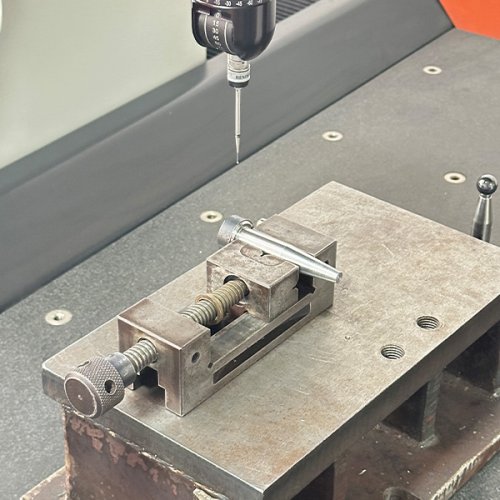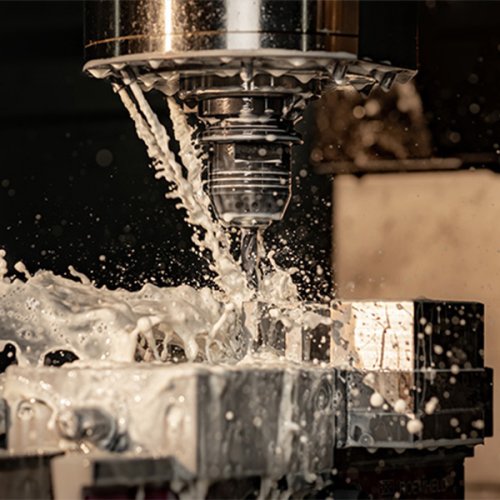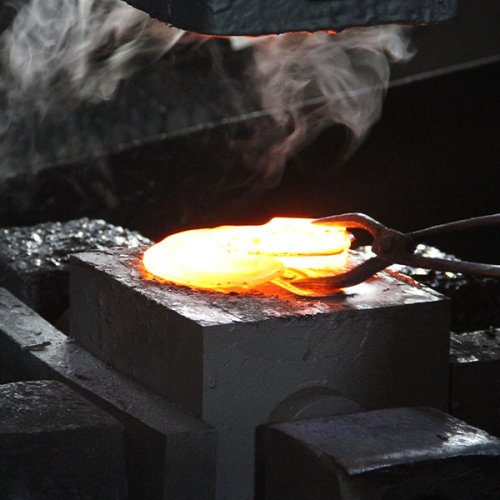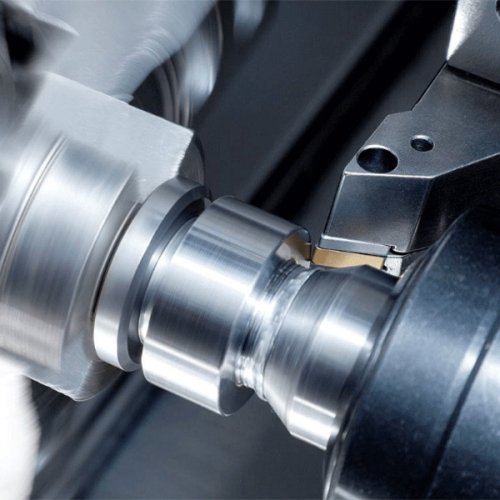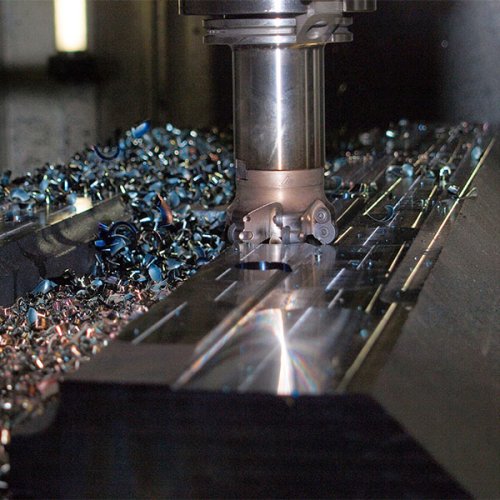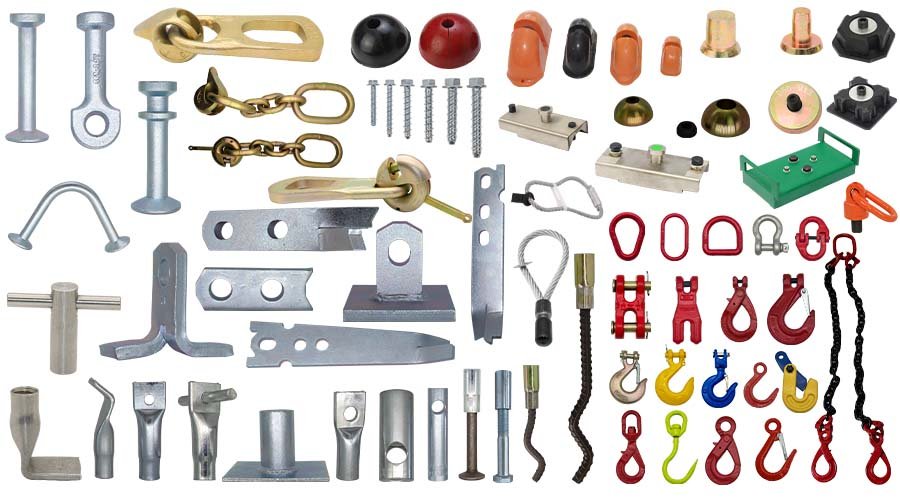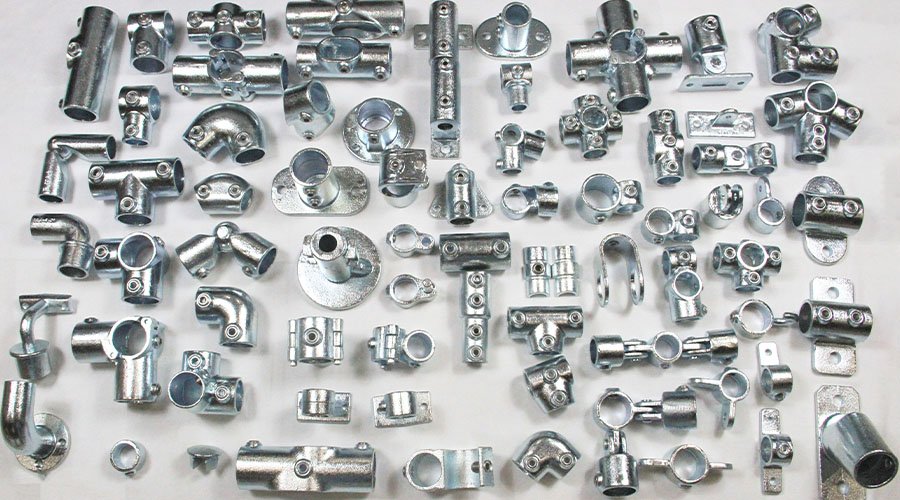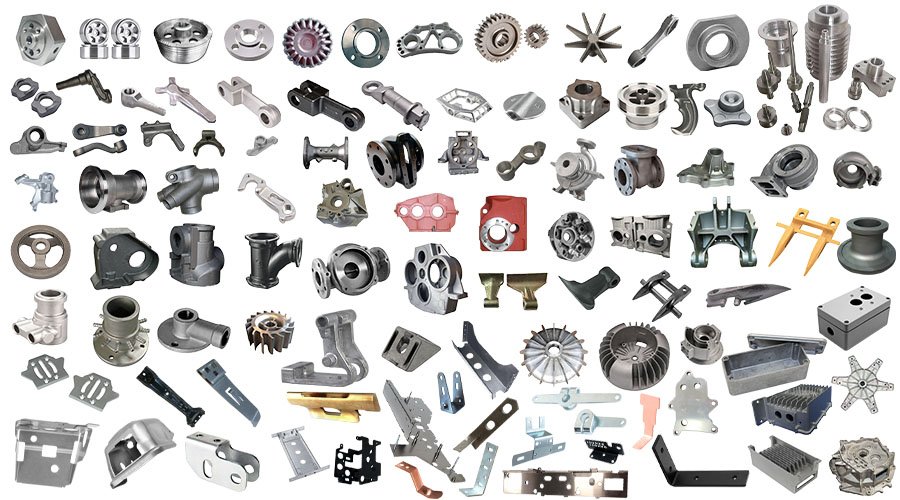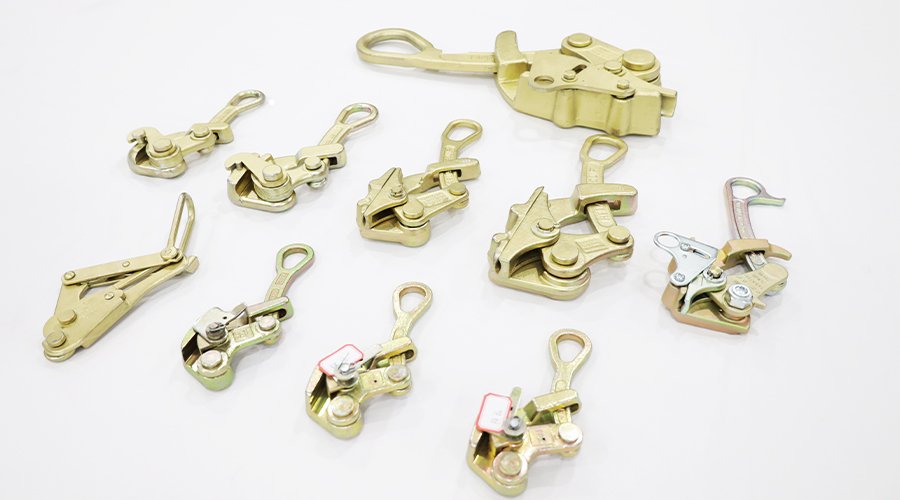Our custom CNC machining parts include precision shafts, gears, flanges, housings, brackets, and other complex components. Manufactured with advanced CNC equipment, each part meets strict dimensional tolerances and surface finish requirements. Whether you need stainless steel, aluminum, brass, or engineered plastics, we can produce parts tailored to your exact drawings or samples. These CNC parts are widely applied in automotive, aerospace, marine, electronics, and heavy machinery sectors.
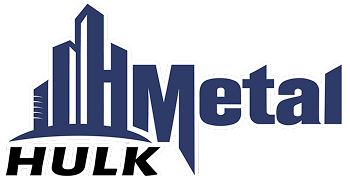
 EN
EN RU
RU

